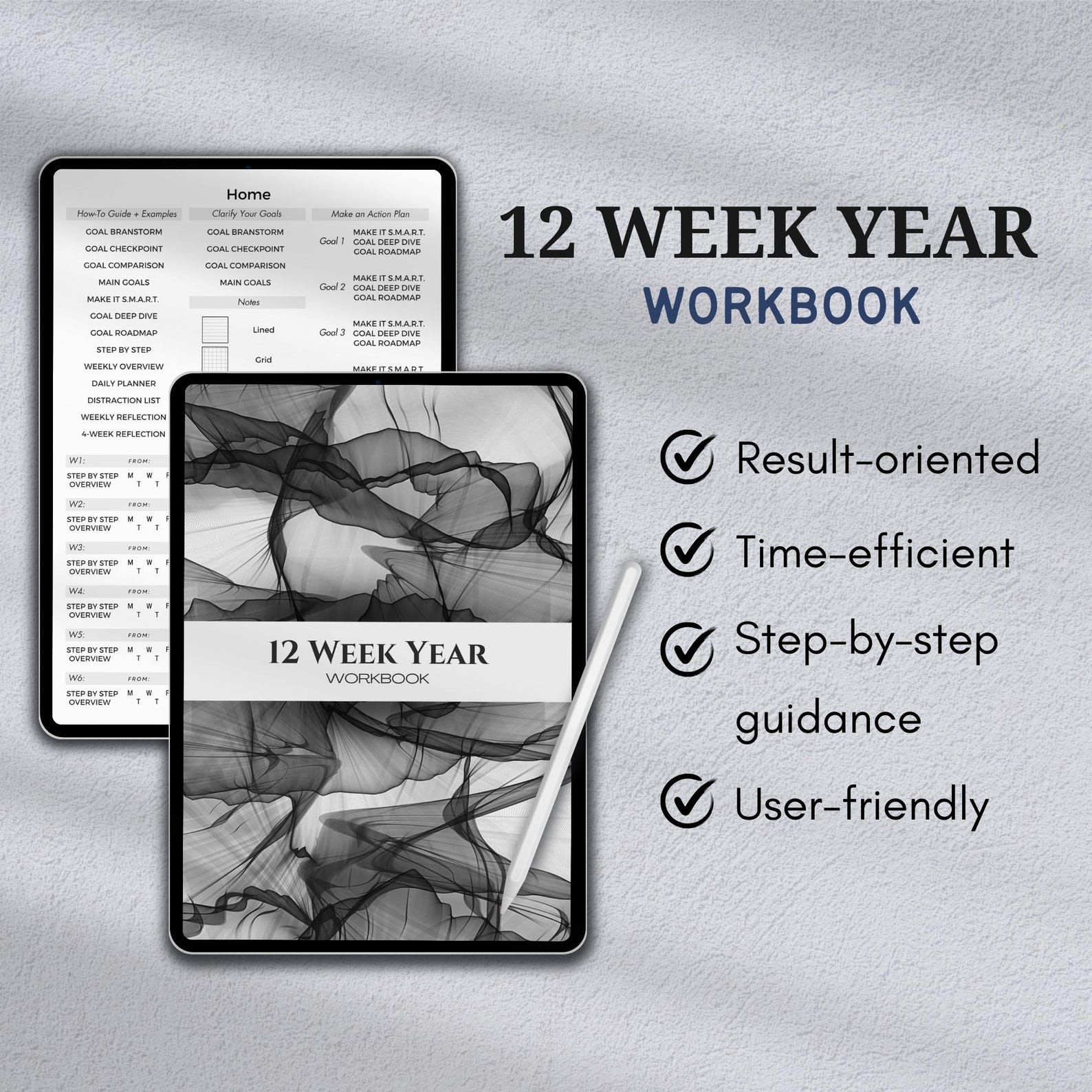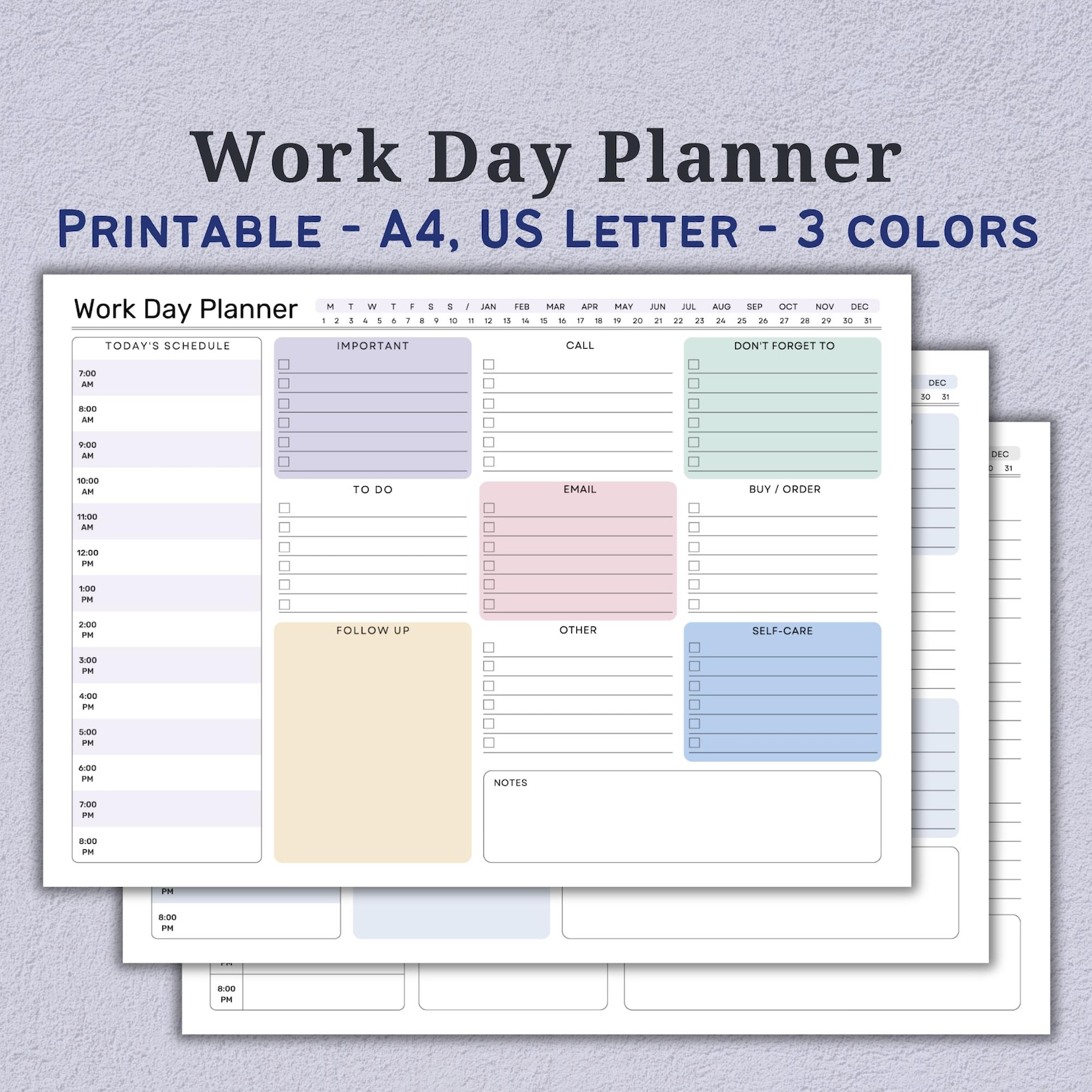Life can feel heavy when we’re too tightly attached to people, outcomes, or situations beyond our control. We replay old conversations, try to fix problems that aren’t ours, or carry responsibilities that drain our energy.
Detachment isn’t about cutting yourself off from the world—it’s about finding balance, setting healthy boundaries, and choosing peace over chaos. In this guide, you’ll discover practical steps and real-life examples to help you let go gracefully, protect your well-being, and create more space for clarity and growth.
Step 1: Identify What You Need to Let Go Of
Detachment begins with clarity. Before you can release anything, you must first recognize what is weighing you down. Often, we stay attached to people, situations, or emotions without realizing how much they drain our energy. Identifying these attachments is the foundation of detachment.
Action:
- Set aside quiet time to honestly assess what feels heavy in your life. Ask yourself:
Who or what do I think about constantly, in a way that feels draining?
What situations repeatedly leave me feeling anxious, frustrated, or resentful?
Are there habits or thought patterns that keep me stuck in the past or fearful of the future?
Create a list of specific people, situations, or emotions. Seeing them on paper makes it easier to separate them from your identity and view them objectively.
Look for recurring themes. Are you holding onto toxic relationships? Old regrets? Unrealistic expectations? Patterns often reveal the areas of your life where detachment is most needed.
Examples:
Relationships: You realize that constantly checking your ex’s social media makes you feel anxious and stuck in the past. Write it down as something to release.
Work Stress: You notice that overthinking every email from your boss creates unnecessary pressure. Add this to your list.
Emotional Baggage: You recognize that holding onto guilt over a past mistake keeps resurfacing in your thoughts. Write it down to let go of self-blame.
Expectations: You see that expecting your friend to always support you in the exact way you want leads to disappointment. List this as an attachment to release.
Treat this step like decluttering your home. Just as you sort through items and decide what no longer serves a purpose, you’re doing the same with your emotional and mental life. Be honest, compassionate, and remind yourself: Acknowledgment is the first step to freedom.
Step 2: Set Clear Boundaries
Once you’ve identified what drains your energy, the next step is to protect yourself by setting clear boundaries. Boundaries aren’t about pushing people away; they’re about defining what is acceptable and unacceptable for your mental, emotional, and physical well-being. Think of them as invisible guardrails that keep your peace intact.
When you don’t set boundaries, resentment builds, stress increases, and you may feel taken advantage of. Clear boundaries allow you to care for yourself while maintaining healthier, more respectful relationships.
Action:
Identify situations where your time, energy, or emotions are being overextended.
Ask: What drains me? What feels like too much?
Define what behaviors, conversations, or environments you will no longer tolerate.
Examples: constant complaining, being interrupted during work, late-night texts, pressure to say yes to everything.
Use “I” statements to express your needs without blaming.
Instead of: “You’re always negative!”
Say: “I need to keep my lunch break as quiet time so I can recharge.”
Boundaries are only effective if you uphold them. It’s okay if others resist at first—stand firm and repeat your boundary when necessary.
Examples:
At Work: If a coworker frequently unloads negativity on you, say: “I understand you’re frustrated, but I need to use this time to clear my head. Let’s talk about work matters instead.”
With Family: If a relative constantly pressures you to share personal details, you might respond: “I appreciate your concern, but I’m not comfortable discussing that right now.”
With Friends: If a friend always calls late at night, gently tell them: “I value our talks, but I need to keep nights for rest. Let’s plan a time during the day instead.”
With Yourself: Boundaries aren’t only external—they can be internal too. For instance, you might set a rule to stop checking work emails after 7 p.m.
Think of boundaries as a filter, not a wall. You’re not shutting people out—you’re teaching them how to treat you while protecting your inner peace. At first, it may feel uncomfortable to say “no” or enforce limits, but remember: every time you set a boundary, you say “yes” to your well-being.
Learn How to Actually Set Boundaries: Step-by-Step Guide + Examples
Step 3: Focus on Yourself
Detachment isn’t only about letting go of others—it’s about turning inward and reclaiming the energy you’ve been giving away. When we’re overly attached to people, outcomes, or approval, we often lose sight of our own needs. Focusing on yourself allows you to prioritize your happiness, growth, and well-being without relying on external validation.
This isn’t selfish—it’s self-preservation. When you take care of yourself, you show up healthier and stronger for others, too.
Action:
Notice where your energy goes—scrolling through social media, overthinking someone’s opinion, or replaying conversations—and redirect that time toward something meaningful.
Build daily rituals that help you recharge—whether it’s physical (exercise, rest), emotional (journaling, therapy), or creative (art, music, learning).
Detachment creates space to focus on your own growth. Identify goals that excite you—career, health, skills, or hobbies—and dedicate consistent time to them.
Check in with yourself: Ask: What do I need right now? Am I ignoring my own needs while trying to please others?
Emotional Shift: Instead of worrying about what others think of you, dedicate 30 minutes daily to journaling your thoughts and affirmations.
Physical Self-Care: Replace the energy spent overanalyzing a text with a workout or a walk in nature.
Personal Growth: If you find yourself obsessing over someone else’s choices, redirect that energy into learning a new skill—like cooking, painting, or coding.
Social Boundaries: Rather than saying yes to every social obligation, set aside one evening a week just for yourself to recharge.
Think of focusing on yourself as “refilling your cup.” If your cup is empty because you’ve poured everything into others, you’ll feel drained and resentful. But when you invest in your own well-being, you operate from overflow—able to give, but without depleting yourself.
Step 4: Practice Mindfulness
When you’re trying to detach, your mind often becomes your biggest obstacle. You may find yourself replaying old conversations, imagining worst-case scenarios, or obsessing over what others think. Mindfulness is the practice of pulling yourself out of those loops and returning to the only place you truly have control: the present moment.
Mindfulness isn’t about “clearing your mind” or pretending negative thoughts don’t exist—it’s about noticing them without getting hooked, then gently bringing your attention back to now.
Action:
Pay attention to when your mind starts spiraling (ruminating on what happened, worrying about what might happen). Simply labeling it—“I’m overthinking”—can help you step back.
Bring yourself back to the present through:
Deep Breathing: Inhale for 4 counts, hold for 2, exhale for 6.
5-4-3-2-1 Method: Notice 5 things you can see, 4 you can touch, 3 you can hear, 2 you can smell, 1 you can taste.
Body Scan: Slowly notice sensations in your body from head to toe.
Use anchor phrases: Replace anxious spirals with calming reminders, such as:
“Right now, I am safe.”
“This thought is not reality—it’s just a thought.”
“I don’t need to control everything; I just need to be here.”
If you’re stuck in “what ifs”: Instead of spiraling about what could go wrong, place your hand on your chest, take three deep breaths, and say: “I’ll handle things as they come, one step at a time.”
If you’re overthinking someone’s silence: Notice the thought—“I’m assuming the worst”—and gently redirect: “That’s just my mind guessing. Right now, I don’t have evidence.”
Daily ritual: Take 5 minutes each morning to sit quietly, breathe, and set an intention for your day, like “Today I choose calm over control.”
Think of mindfulness as mental training. Just as going to the gym builds muscle, practicing mindfulness builds your “present-moment muscle.” The more you practice, the easier it becomes to step out of anxiety loops and stay grounded in peace.
Step 5: Avoid Over-Involvement
One of the hardest parts of detachment is resisting the urge to step in and “fix” things for others. While it often comes from a place of love or responsibility, over-involvement can create unhealthy dynamics: you take on stress that isn’t yours, and others lose the chance to learn, grow, and take ownership of their lives.
True detachment means recognizing where your responsibility ends and someone else’s begins. Supporting someone doesn’t mean solving everything for them—it means encouraging them while respecting their independence.
Action Plan:
Recognize your role: Ask yourself:
Is this really my responsibility, or am I trying to control the outcome?
Am I helping, or am I rescuing?
Instead of giving solutions right away, try listening and asking guiding questions that help the other person think for themselves.
Believe that the people in your life are capable of handling their own challenges—even if they struggle at first.
Remind yourself that carrying other people’s burdens leaves you drained and less effective in your own life.
With Friends: If a friend constantly asks you to fix their relationship drama, instead of jumping in with solutions, you can say: “I hear how tough this is. What do you think would be the best step for you right now?”
With Family: If a sibling keeps asking you for money to solve financial mistakes, set a boundary by saying: “I can’t lend money, but I can help you brainstorm ways to budget or find resources.”
At Work: If a coworker frequently leans on you to finish their tasks, respond with: “I don’t have capacity to take that on, but I can suggest how you might approach it.”
Parenting Example: Instead of rushing to fix every problem for your child (like doing their homework), let them struggle a little. Offer support by asking, “What part do you understand? Where are you stuck?”
Think of over-involvement like carrying someone else’s backpack. It may seem helpful in the short term, but eventually, it weighs you down and prevents them from building their own strength. By stepping back, you give others the dignity of growth while preserving your own energy.
Step 6: Let Go of Control
A major source of stress and attachment comes from trying to control things that are simply beyond your reach—other people’s choices, how situations unfold, or what the future holds. The truth is, the more you cling to control, the more frustrated and powerless you feel.
Detachment doesn’t mean giving up—it means shifting your energy away from what you cannot change and investing it into what you can. This is where real freedom and peace come from.
Action Plan:
Identify what’s out of your hands: When you feel anxious, ask yourself:
Is this within my control?
If the answer is “no,” practice releasing it.
Instead of obsessing over outcomes, direct your energy to what you can influence—your attitude, your choices, and your responses.
Remind yourself that uncertainty and imperfection are part of life. Instead of resisting, lean into trust—trust in yourself, in others’ abilities, or in the natural flow of life.
When you catch yourself gripping tightly to control, try symbolic acts of letting go (writing the worry down and tearing it up, breathing it out, or saying a release affirmation like “This is not mine to control.”).
Relationships: You can’t control whether someone likes or approves of you, but you can control how kindly you treat yourself and how authentically you show up.
Work: You can’t control whether your boss reacts positively to your idea, but you can prepare thoroughly and present it with confidence.
Parenting: You can’t control every choice your teenager makes, but you can guide them with love and model healthy behavior.
Daily Life: You can’t control traffic or delays, but you can use the time to listen to an audiobook or practice patience.
Think of life like steering a boat. You can’t control the wind, waves, or current—but you can control the direction of your sails and how you respond to the conditions. By focusing only on what’s within your reach, you conserve energy and navigate challenges with far less stress.
Step 7: Limit Emotional Reactions
When emotions run high, it’s easy to get swept up in anger, defensiveness, or anxiety. But reacting impulsively often makes situations worse and leaves you feeling drained or regretful. Detachment gives you the ability to step back, pause, and choose a response that aligns with your values instead of being ruled by raw emotion.
Limiting emotional reactions doesn’t mean shutting down your feelings—it means creating space between stimulus and response. That space is where calm, clarity, and self-control live.
Action Plan:
The moment you feel your heart race, jaw clench, or thoughts speed up, acknowledge it. Awareness is the first step to breaking automatic patterns.
Use a simple grounding technique before speaking or acting:
Count slowly to five.
Take three deep breaths.
Step out of the room if you need space.
Quietly label what you’re feeling—“I’m angry,” “I’m anxious,” or “I feel hurt.” Naming emotions helps calm the brain and reduces their intensity.
Choose, don’t react: Ask yourself:
“What outcome do I want here?”
“If I respond now, will it help or hurt the situation?”
Then choose your words or actions deliberately.
In Conversation: When a friend makes a hurtful comment, instead of snapping back, take a breath and respond calmly: “That comment stung. Can we talk about it?”
At Work: If a coworker sends a critical email, resist firing back immediately. Pause, step away for 10 minutes, and return with a composed, professional reply.
In Traffic: When another driver cuts you off, instead of honking aggressively or shouting, take a deep breath and remind yourself: “Getting angry won’t change this. I’ll just keep driving safely.”
On Social Media: When someone leaves a rude comment on your post, resist the urge to fire back immediately. Step away, and either choose to ignore it or reply later with a measured response like: “Thanks for sharing your perspective.”
Think of your emotions like waves. If you dive in too quickly, you can get pulled under. But if you step back, breathe, and let the wave pass, you’ll regain your footing and respond with strength instead of regret. Over time, this practice builds emotional resilience and a calm, steady presence—even in difficult situations.
Step 8: Surround Yourself with Positivity
Detachment becomes much easier when you’re in environments and relationships that nourish rather than drain you. The people you spend time with, the spaces you occupy, and even the media you consume all shape your mindset and energy.
Surrounding yourself with positivity doesn’t mean avoiding every challenge or cutting people off harshly—it means making intentional choices to spend more time where you feel supported, inspired, and respected.
Action Plan:
Reflect on who in your life energizes you versus who leaves you feeling stressed, guilty, or depleted.
Choose to invest more time in people who encourage growth, respect your boundaries, and bring out your best qualities.
Positivity isn’t just about people—it’s also about the spaces you inhabit and the content you consume. Notice what boosts your mood and what drags it down.
You don’t need to completely cut ties, but you can set limits. This might mean shorter conversations, fewer visits, or shifting the subject when negativity dominates.
Read uplifting books, listen to empowering podcasts, decorate your space with things that bring peace, or join groups that align with your values and passions.
Relationships: If you feel uplifted after spending time with a supportive friend, make more space for them in your schedule—and less time with people who leave you exhausted or constantly critical.
Workplace: If you have a coworker who is always negative, minimize small talk and instead spend breaks with colleagues who are solution-focused and encouraging.
Social Media: If certain accounts make you feel inadequate or anxious, unfollow or mute them. Replace them with accounts that share motivation, learning, or joy.
Home Environment: If clutter makes you feel stressed, create a calm corner in your home filled with plants, books, or calming colors where you can recharge.
Community: Instead of joining gossip-heavy groups, look for communities where people support each other’s goals, like a workout class, book club, or volunteer group.
Think of your surroundings like soil for a plant—you can’t grow in toxic soil. By choosing positive people, spaces, and inputs, you give yourself the best chance to thrive with balance and peace.
Final Toughts
Learning how to detach is one of the most valuable skills you can build for your mental and emotional well-being. Each time you set a boundary, pause before reacting, or choose positivity over negativity, you’re strengthening your ability to protect your peace.
You don’t have to master everything at once—start with one step and build from there. Over time, you’ll notice that what once consumed you no longer has the same power, and you’ll feel lighter, clearer, and more in control of your life.

.png)
.png)
.png)



.png)
.png)

.png)







.png)



0 Comments